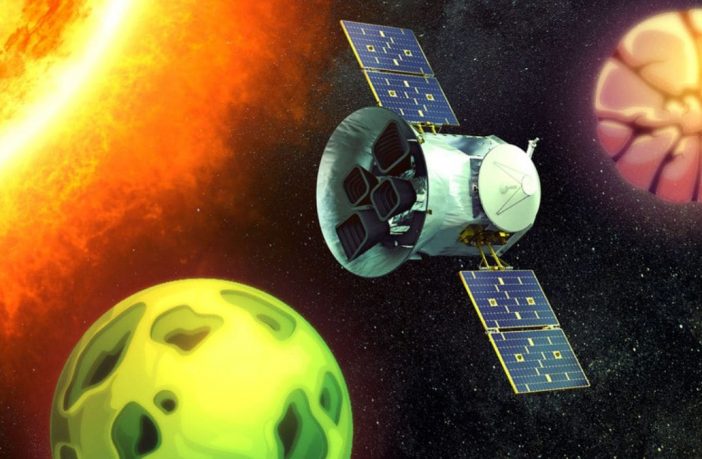
In a significant discovery, astronomers have spotted one of the closest known multiplanetary systems located in our galactic neighborhood. The system is about 10 parsecs or 33 light years from Earth and was identified by NASA’s Transiting Exoplanet Survey Satellite (TESS). The system was first spotted in October 2021 when Michelle Kunimoto, a postdoctoral fellow at MIT’s Kavli Institute for Astrophysics and Space Research and one of the discovery’s lead scientists, was analyzing TESS data.
Adding to astronomers’ fascination, a star, HD 260655, at the system’s core was found to host at least two Earth-like planets.
Kunimoto noticed a pair of periodic dips in the starlight of star HD 260655. She then used the mission’s Science Inspection Pipeline to examine the signals and they were quickly classified as TESS Objects of Interest (TOI ) or potential planets. While the process of such classification can take several years, the time was shortened in the case of HD 260655 by using archival data.
Kunimoto found that the star HD 260655 had also been observed by the High Resolution Scale Spectrometer (HIRES). It is an instrument that operates in Hawaii as part of the Keck observatory. Additionally, the same star was also listed in an independent survey by CARMENES, which is part of Spain’s Calar Alto Observatory.
Kunimoto and his team contacted HIRES and CARMENES and combined the two data. After the collaboration, the presence of both planets around HD 260655 was confirmed.
“The two planets in this system are each considered among the best targets for atmospheric study due to their star’s brightness,” Kunimoto said.
By further studying the TESS data, astronomers determined that the inner planet, HD 260655b, orbits the star every 2.8 days while the outer planet, HD 260655c, orbits every 5.7 days. The inner planet was found to be twice the mass of Earth while the outer planet was three times larger than Earth.
Assessing the density of the two planets, the team concluded that they are terrestrial or rocky like Earth. However, the planets are unlikely to be habitable due to their high temperature. “We consider this beach outside the habitable zone, too warm for liquid water to exist on the surface,” Kunimoto added.
Tech




